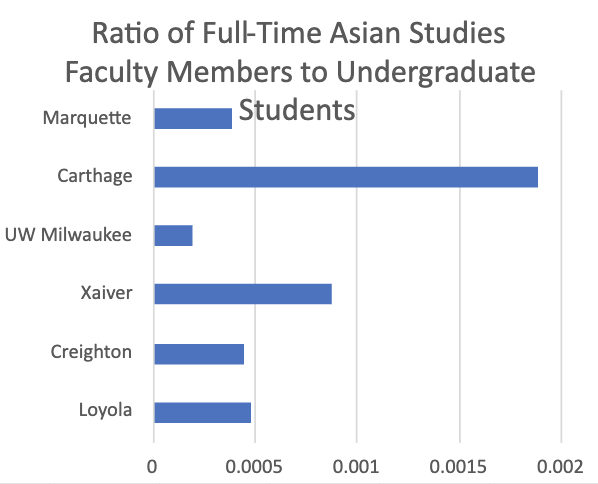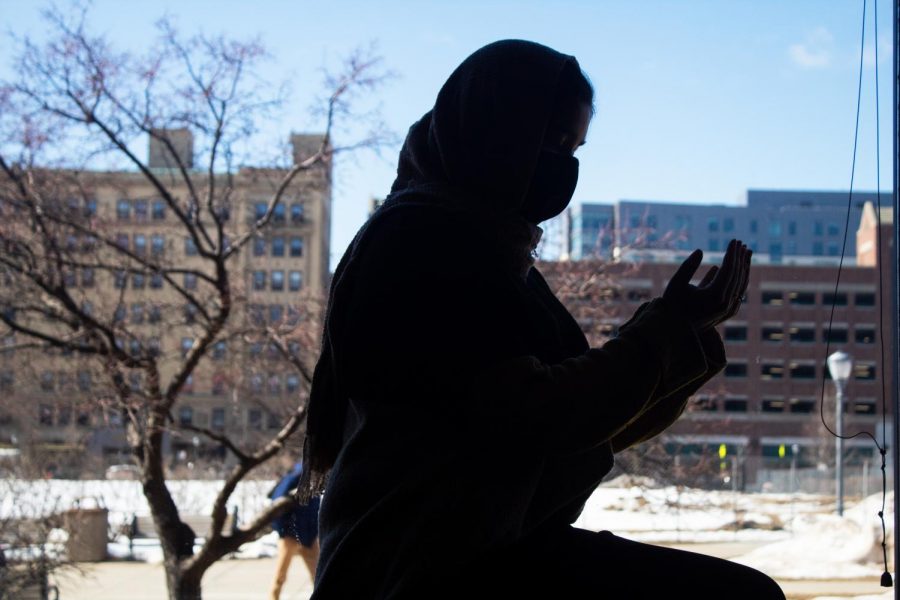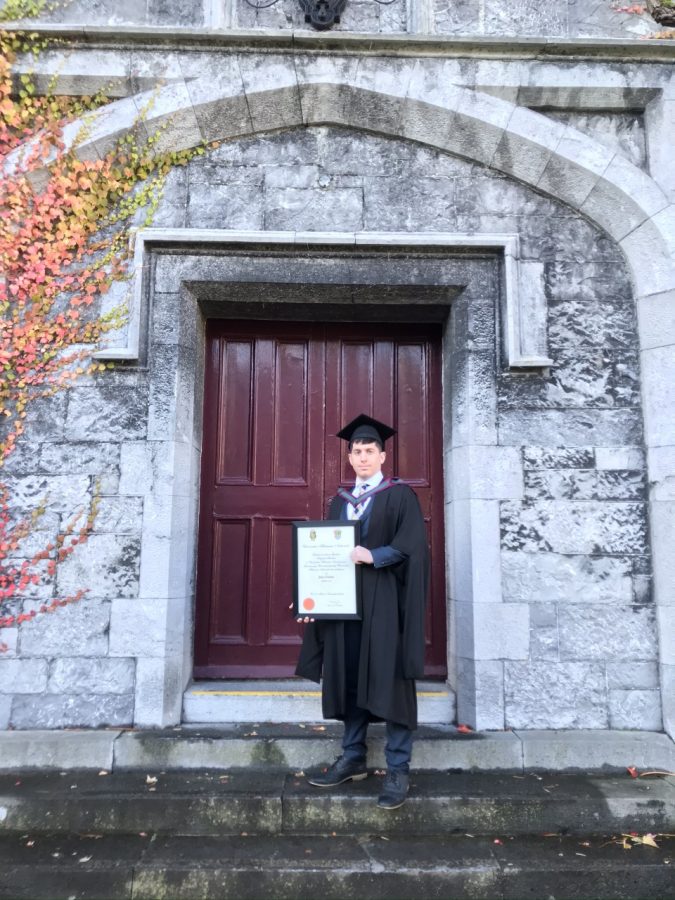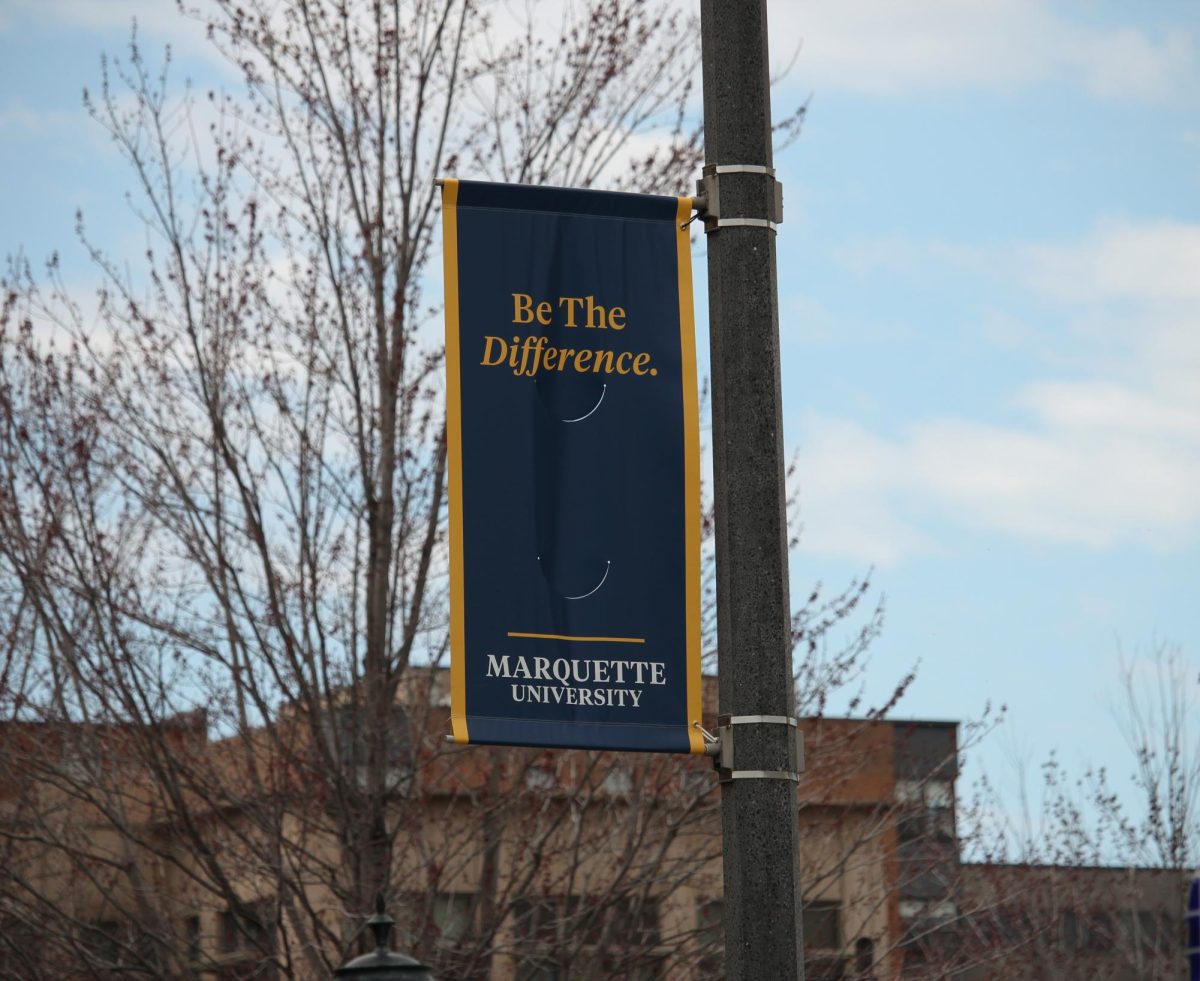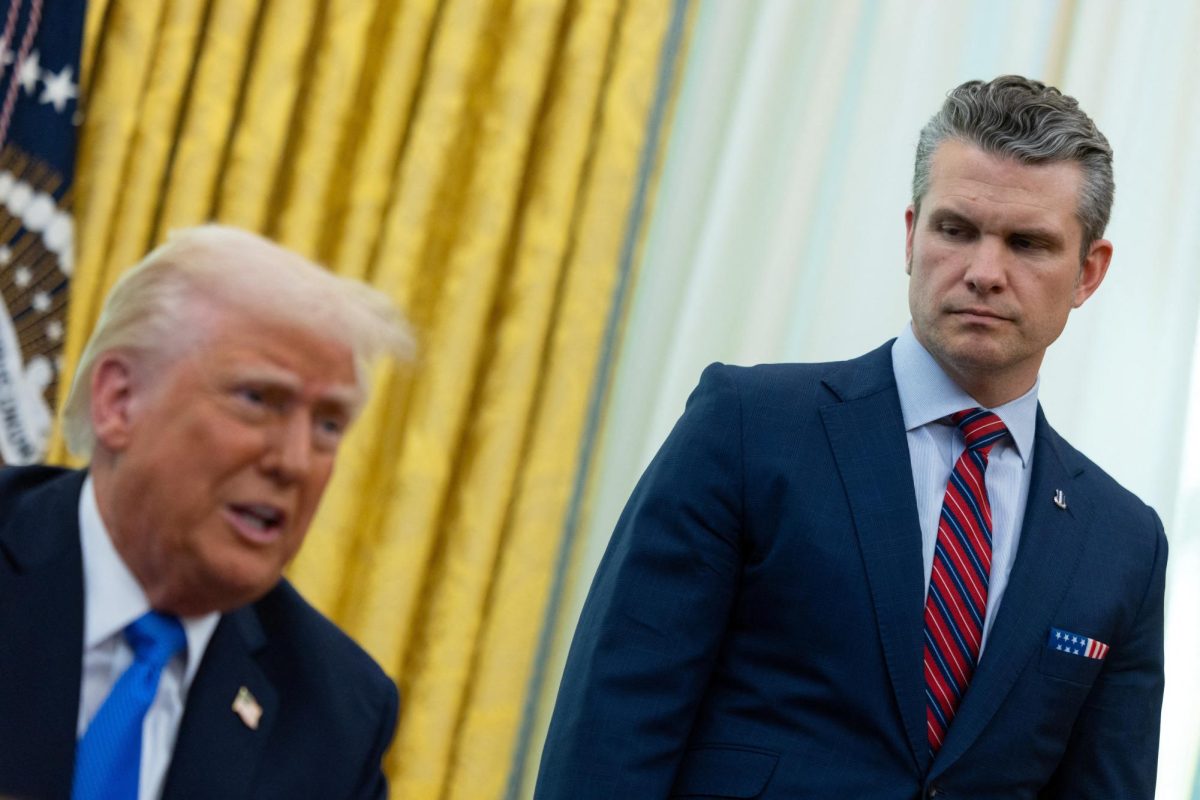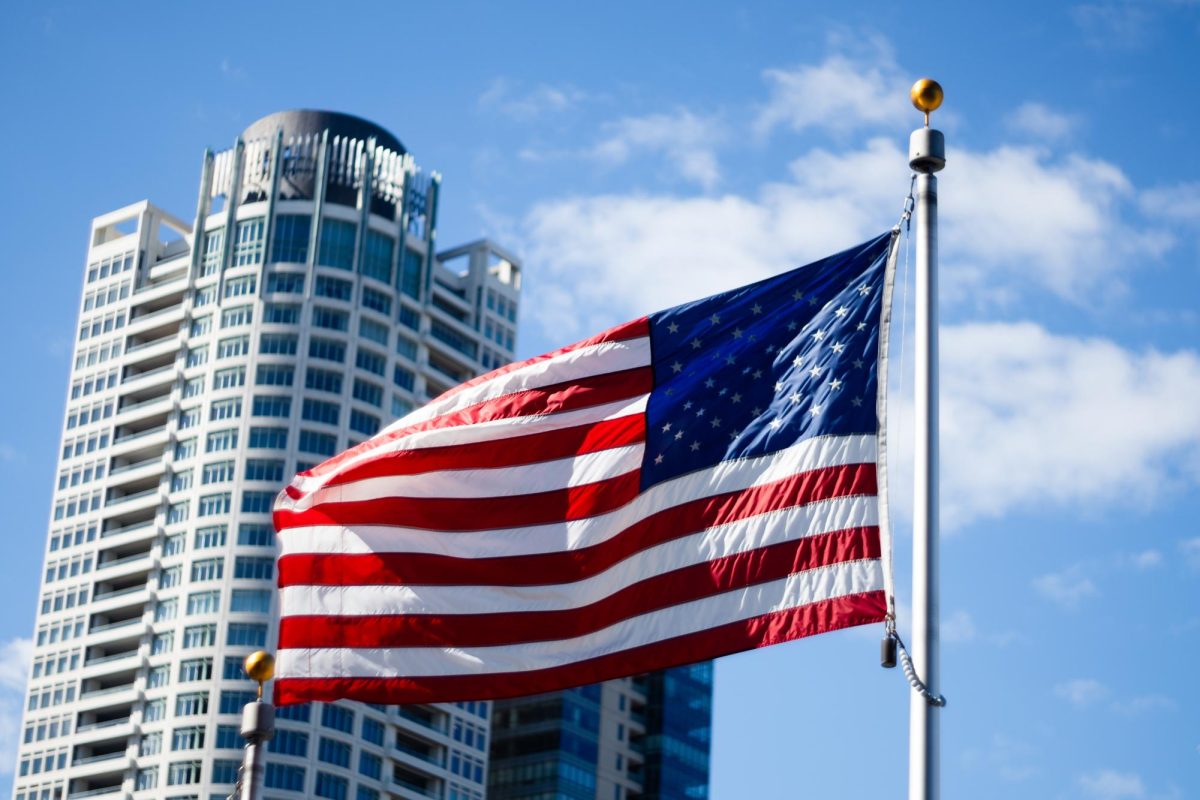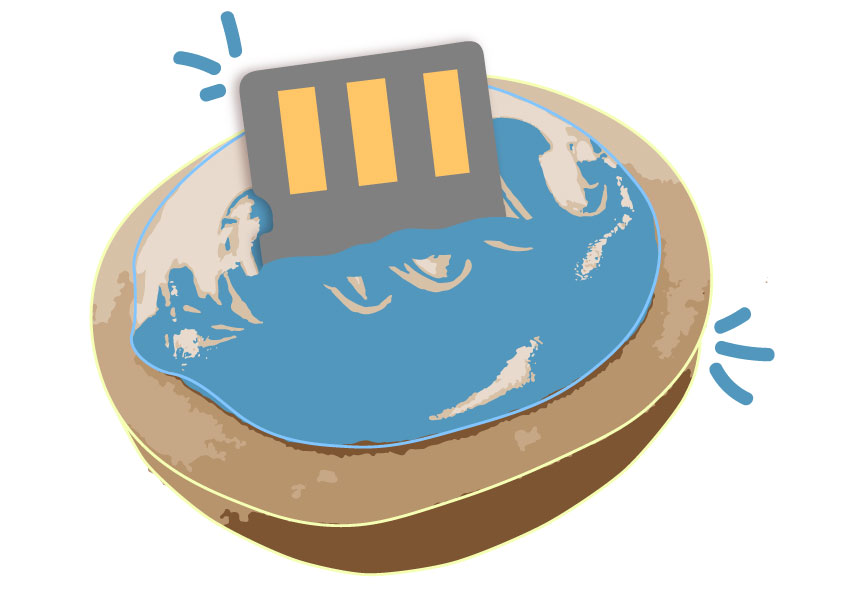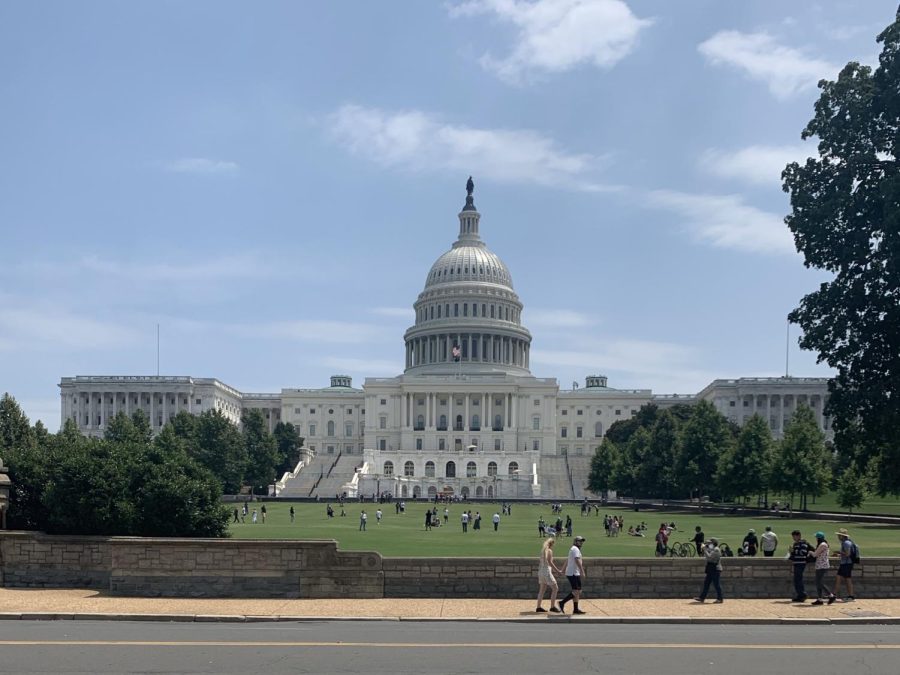President Donald Trump recently clarified some of his administration’s tariff objectives through a list indicating ways in which countries are “non-tariff cheating.” The administration argues that these forms of “cheating” allow other countries to gain unfair advantages in international trade.
The list details eight forms of “cheating,” including currency manipulation, some government subsidies and intellectual property theft.
Currency manipulation
Laurna Prantil, adjunct instructor of economics at Marquette University, explained that currency manipulation allows a country to prop up its own currency and thus make its own goods artificially cheaper relative to other countries. This leads people to buy goods from that country because of the lower price.
After the president accused Japan of currency manipulation, former Bank of Japan Gov. Haruhiko Kuroda said, “[Japan] is not intentionally guiding the yen lower … If there’s any misunderstanding on that point, it needs to be addressed.”
China has also been a target for currency manipulation. In 2019, the U.S. Treasury formally labeled China as a currency manipulator after the Asian country allowed the value of the Chinese Yuan to fall below the historically maintained 7:1 ratio.
China’s central bank refuted the allegations, saying that their actions did not meet the broad definition of currency manipulation proposed by the Trump administration.
Limiting currency manipulation is a part of Trump’s attempts to rebalance large trade deficits between the United States and other nations. In March, he posted on Truth Social, “Massive Trade Deficit with the World, just announced, compliments of Sleepy Joe Biden! I will change that!!!”
Government subsidies
Government subsidies also are a way for a country to increase exports. Subsidies involve the government providing funds to targeted industries to ease pricing and increase production. When subsidized, a company can sell their goods at a lower price and maintain a profit because of the government funds.
For example, South Korean Finance Minister Choi Sang-mok announced on April 15 that, in response to U.S. tariffs, South Korea would “strengthen the competitiveness of [Korean] companies in the face of a global trade war” by providing 3 trillion won ($2 billion) in subsidies to the semiconductor industry.
The United States also provides subsidies for its industries. In 2022, the CHIPS and Science Act provided $39 billion in subsidies for the American semiconductor industry, for instance.
Intellectual property
In addition to government subsidies, Trump argued intellectual property theft was a form of “non-tariff cheating.” Intellectual property theft involves the illegal use of another’s creation, such as music, patents and copyrights. This theft is often seen in industries such as the arts and manufacturing.
The argument dates back to 2018, when Donald Trump issued a proclamation stating, “Our country will no longer turn a blind eye to the theft of American jobs, wealth and intellectual property through the unfair and unscrupulous economic practices of some foreign actors … Intellectual property theft is estimated to cost our economy as much as $600 billion per year.”
In 2022, CBS reported that Chinese hackers stole everything from blueprints for warplanes to obesity drug designs. Trillions of dollars in intellectual property were stolen from about 30 multinational corporations, according to the report.
This story was written by JJ Vander Loop. He can be reached at jj.vanderloop@marquette.edu.



